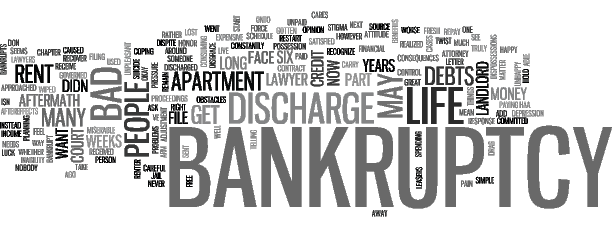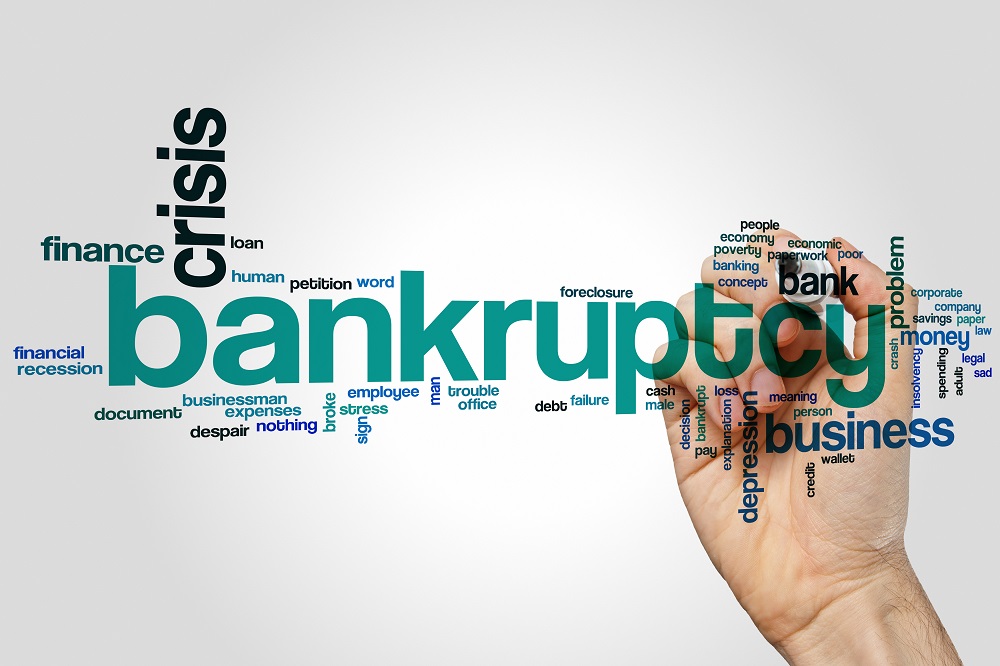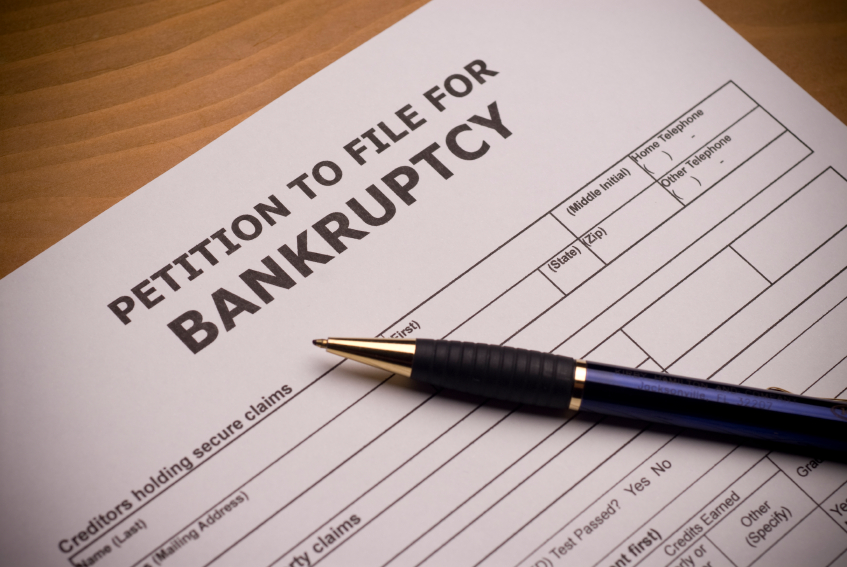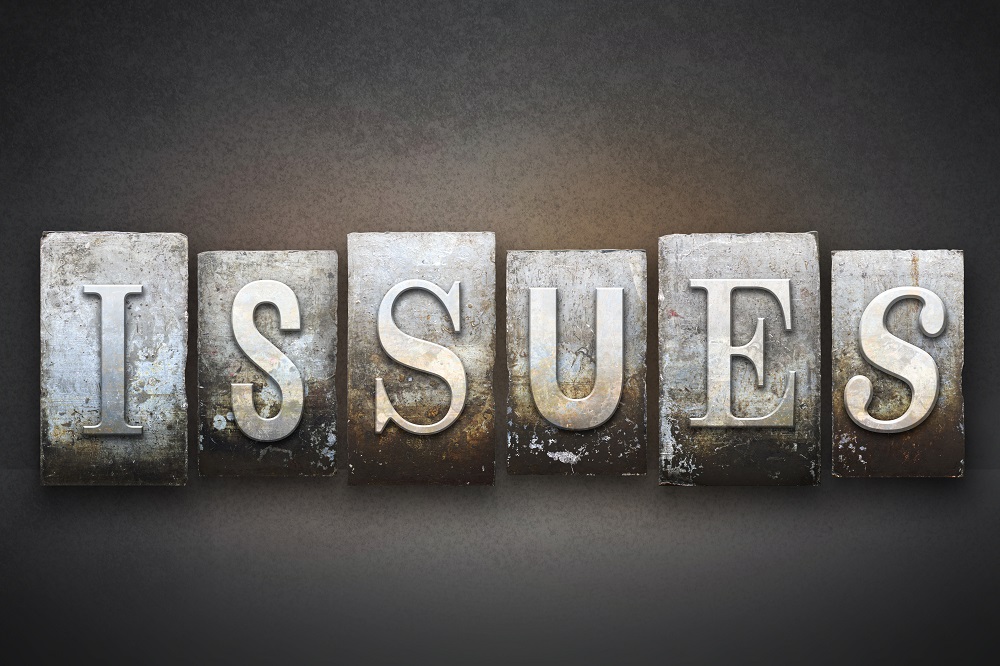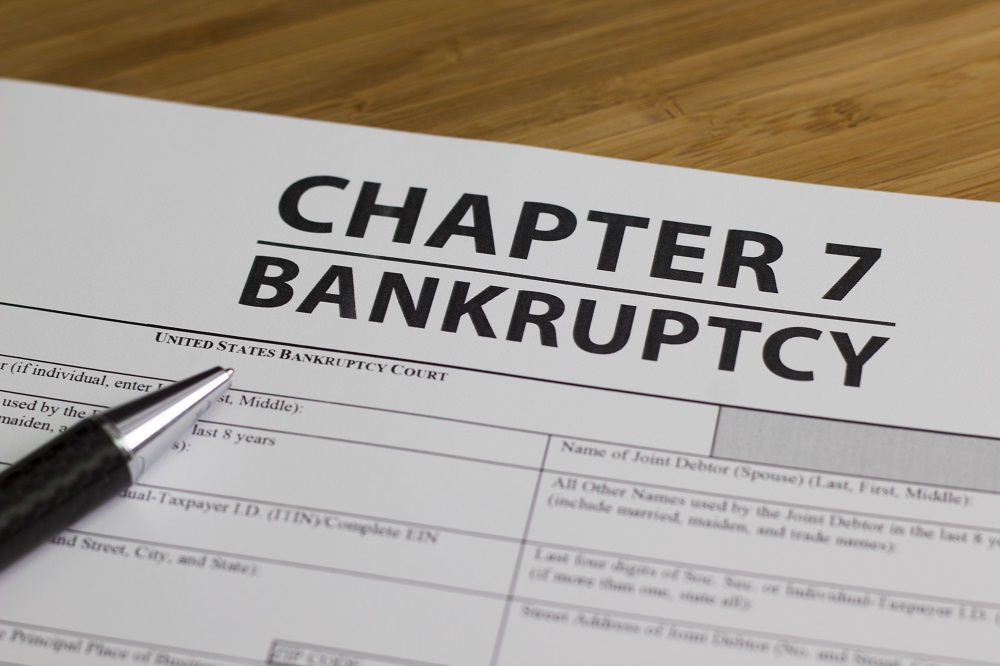What is Chapter 13 Bankruptcy Hardship Discharge?
One thing you have to understand before filing for Chapter 13 bankruptcy is that you will be accepting a long-term commitment aimed at paying off debt and stabilizing your financial situation. Some debt restructuring and reduction will take place but you will still have to agree to a payment plan that will cover the coming three to five years. After the completion of the Chapter 13 program, debt discharge will occur. Still, many people worry that certain hardships may keep them from making the payments in the coming three to five years. Is there a provision for assistance in the case of unexpected financial difficulties after you file Chapter 13 bankruptcy? The Chapter 13 bankruptcy hardship discharge is one such opportunity worth mentioning. A debtor could request a hardship discharge if significant changes in their life occur after agreeing to the Chapter 13 debt payment plan.
What is a Hardship Discharge?
Several conditions will have to be met for a person to be approved for a hardship discharge in a Chapter 13 bankruptcy.
Some of the most important criteria for requesting a Chapter 13 bankruptcy hardship discharge include the following:
- You cannot complete payments because of circumstances that you can’t be held accountable for (for example, losing your job because of hardships in the respective industry or a medical condition)
- The unsecured creditors have been paid a sum that’s at least the same as what they would have received under a Chapter 7 bankruptcy filing
- There’s no way to modify the repayment plan and still find yourself capable of making the required installments
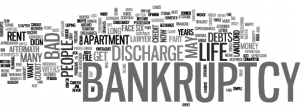 The first criterion for a Chapter 13 bankruptcy hardship discharge is the most difficult one to prove. The debtor should be capable of showing the court that they’ve experienced a much more serious problem than a temporary job loss. Usually, there will have to be some evidence of the permanent nature of the new condition.
The first criterion for a Chapter 13 bankruptcy hardship discharge is the most difficult one to prove. The debtor should be capable of showing the court that they’ve experienced a much more serious problem than a temporary job loss. Usually, there will have to be some evidence of the permanent nature of the new condition.
Before a hardship discharge is considered, you will be offered a modification of the payment plan. Payments under Chapter 13 are made from your disposable income. A temporary loss of disposable income can be addressed by reducing the payments being owed. A hardship discharge is a last resort option.
In essence, a hardship discharge prevents the conversion of a Chapter 13 to a Chapter 7 bankruptcy, after which a discharge will follow. Thus, it cannot be used as an opportunity to discharge the debt whenever you think that you can no longer make the payments (and if you do not qualify for a Chapter 7 bankruptcy).
Debts that will be Wiped Out through a Hardship Discharge
Arizona and federal laws suggest that a Chapter 13 hardship discharge can be used to get rid of unsecured, low priority debt. There are certain kinds of debt that cannot be discharged, even if you experience a serious and permanent change in your financial situation.
Some of the debts that you will still have to make a payment towards include:
- High priority and secured debts
- All debts that have not been listed in the bankruptcy documentation
- Student loans
- Federal, state and local taxes
- Alimony and child support payments
- Debts that the debtor has failed to discharge in a previous bankruptcy filing
Even when it comes to the debt that will be wiped out in a hardship discharge, creditors still have the right to object to the decision.
A successful objection could be based on several factors. The use of credit cards with no repayment and fraudulent acts, for example, will make it relatively easy for a creditor to file a successful objection.
Whenever a creditor objects, the court will take a close look at the circumstances under which the debt was accumulated. Based on these considerations, a decision will be made concerning the possibility for the legal elimination of the debt. Always consult with experienced bankruptcy lawyer to review all possibilities.

